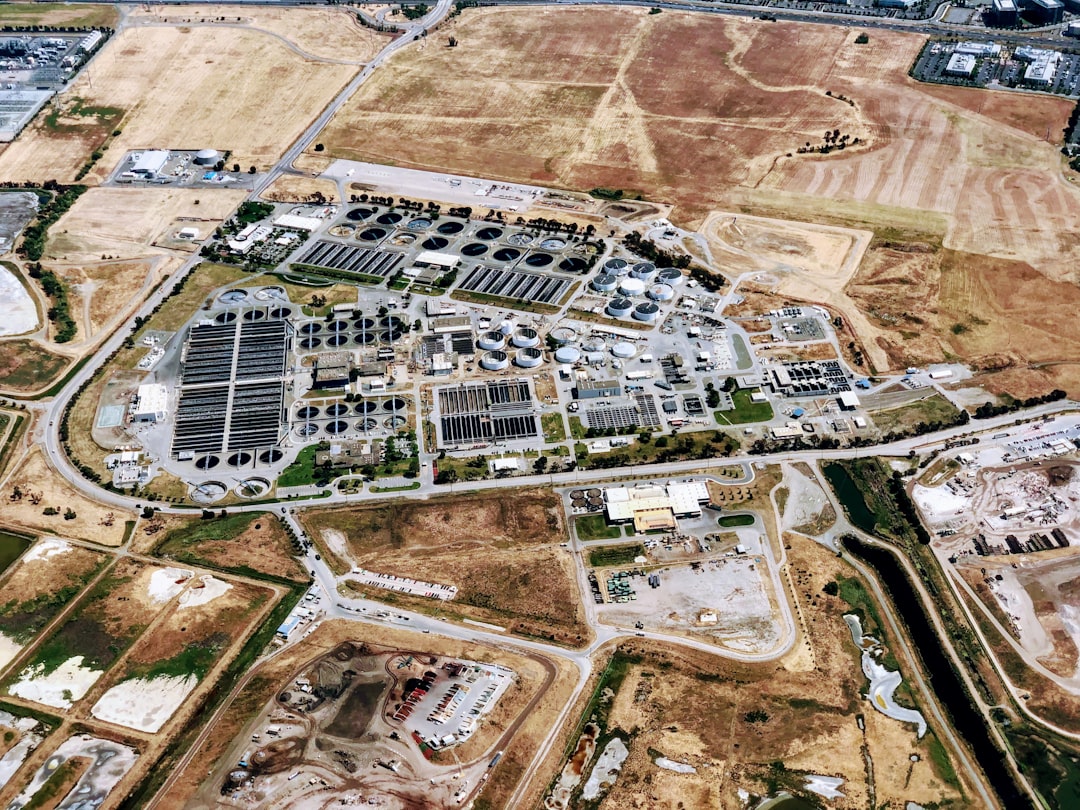What is it about?
The term "global city" bestows an image of an urban place that is contemporary, international, multicultural, "wired", cosmopolitan, polarizing and having geographically boundless power. Nevertheless, the literature fails to produce a common identity for setting the global city apart empirically and in analyzing policy issues related to it. This paper argues and tests the propositions that a global city is better described and analyzed from a holistic construct of competing perspectives. To do this, it (1) identifies 7 global city dimensions, (2) subjects the dimensions to a principal components analysis, and (3) uses the resulting composite factor to drive a K-means cluster analysis to differentiate 53 US metropolitan areas. The results identify significant clusters that set apart global cities and provide a broadened base for cross-disciplinary comparative urban research.
Featured Image
Why is it important?
Increasingly, global cities are where people live, work and/or agglomerate for major socioeconomic activities. Knowing what a global city is empirically provides a first step to investigating why this type of metropolitan area has become the preferred place to locate and why they are the centers of worldwide connectivity.
Read the Original
This page is a summary of: A Multiple-perspectives Construct of the American Global City, Urban Studies, January 2008, SAGE Publications,
DOI: 10.1177/0042098007085099.
You can read the full text:
Contributors
The following have contributed to this page










